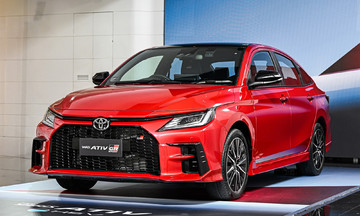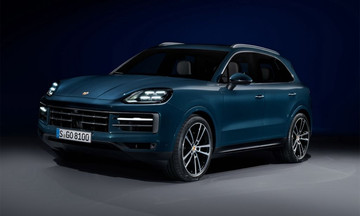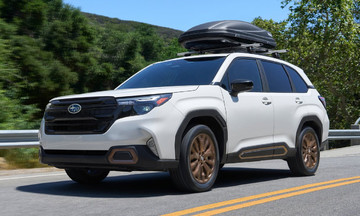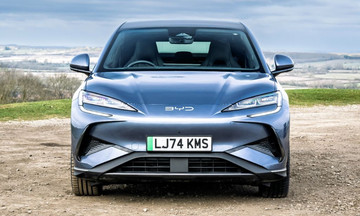Italian automaker Ferrari introduces the Amalfi, the successor to the Roma. Essentially an upgraded version of the Roma, the new Amalfi supercar promises to redefine "contemporary sportiness" by "combining high performance, versatility, and aesthetics," a company representative shared. The car boasts a refreshed exterior and refined interior.
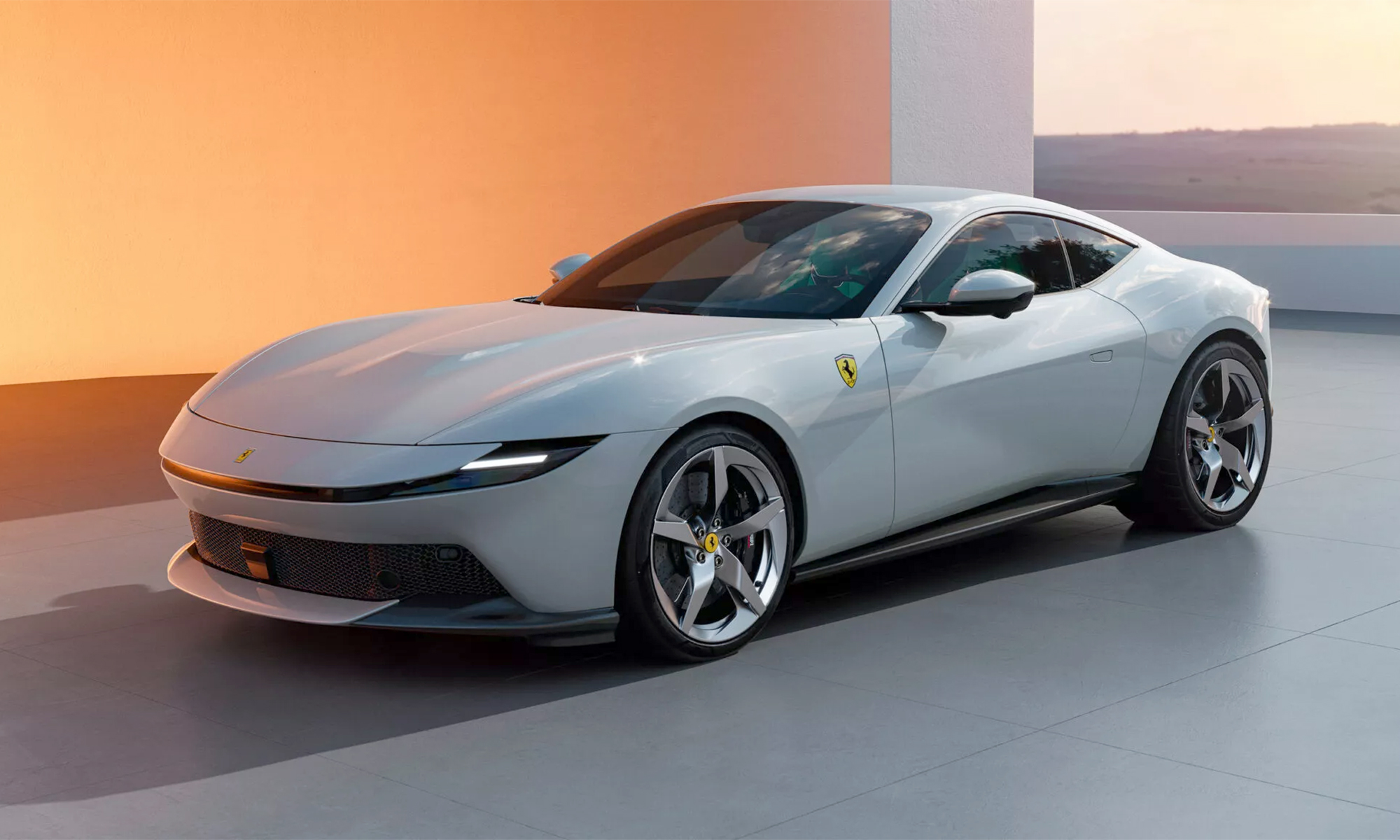 |
The 2026 Ferrari Amalfi supercar is set to launch, replacing the Roma. Photo: Ferrari
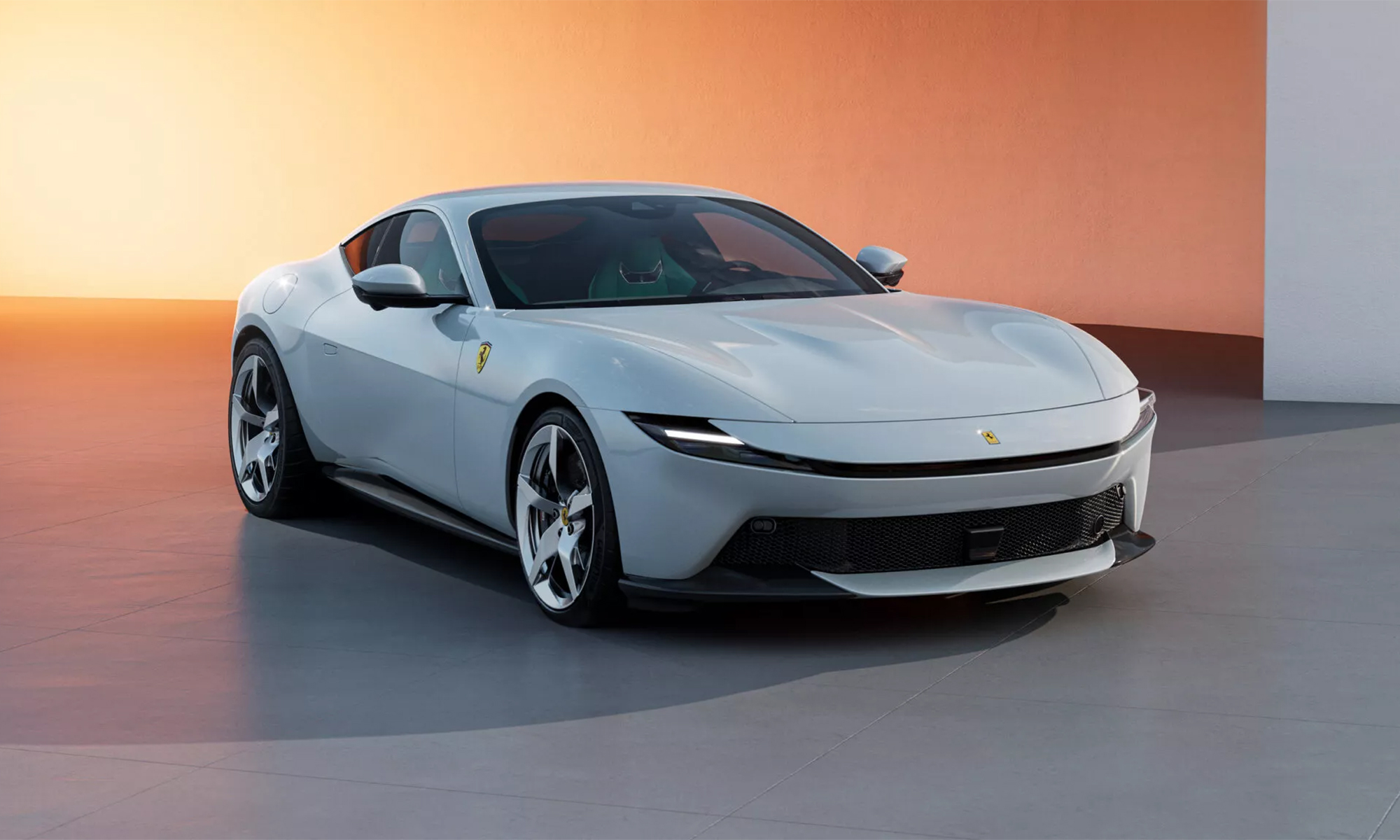 |
The Amalfi's exterior inherits many design cues from the Roma.
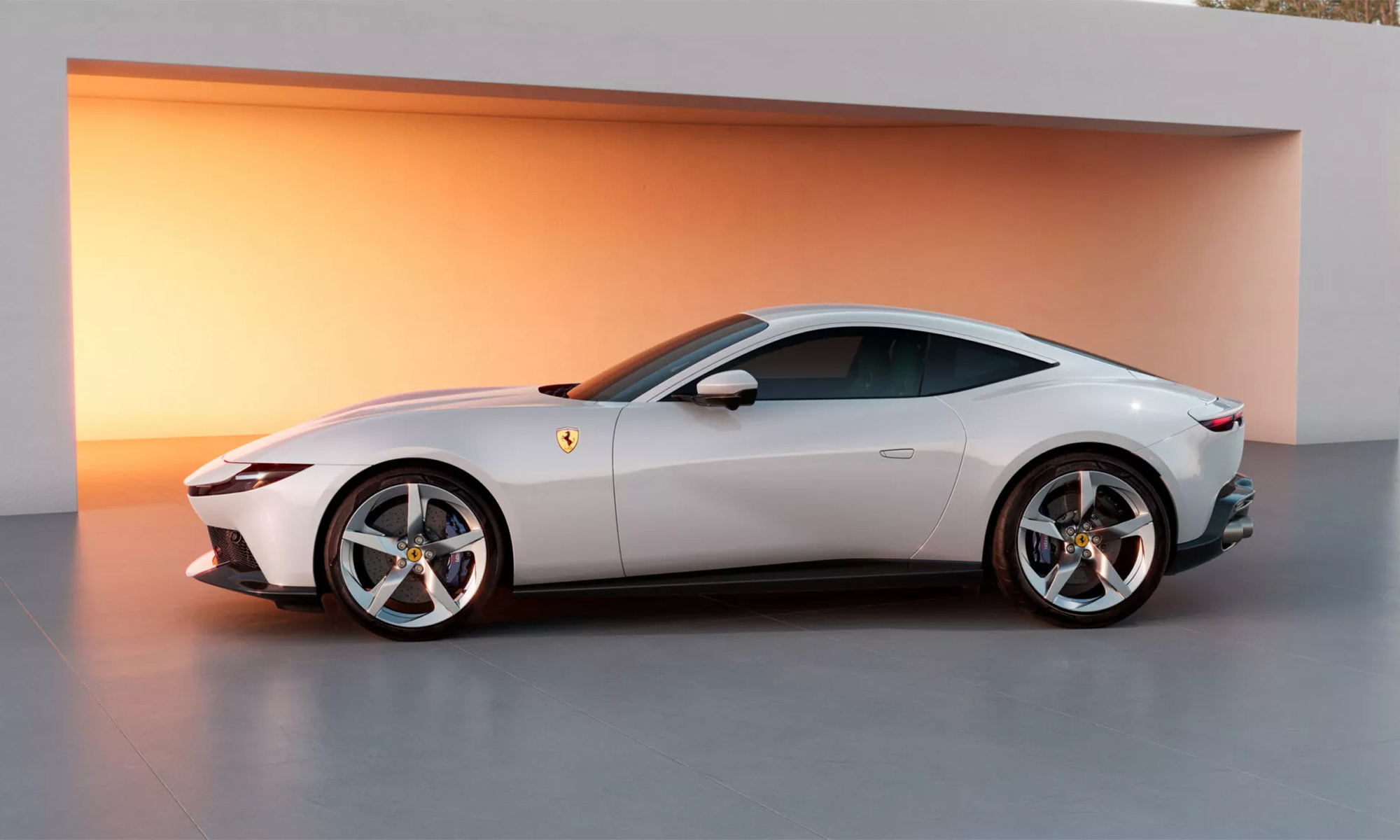 |
The car rides on 20-inch wheels with high-performance tire options.
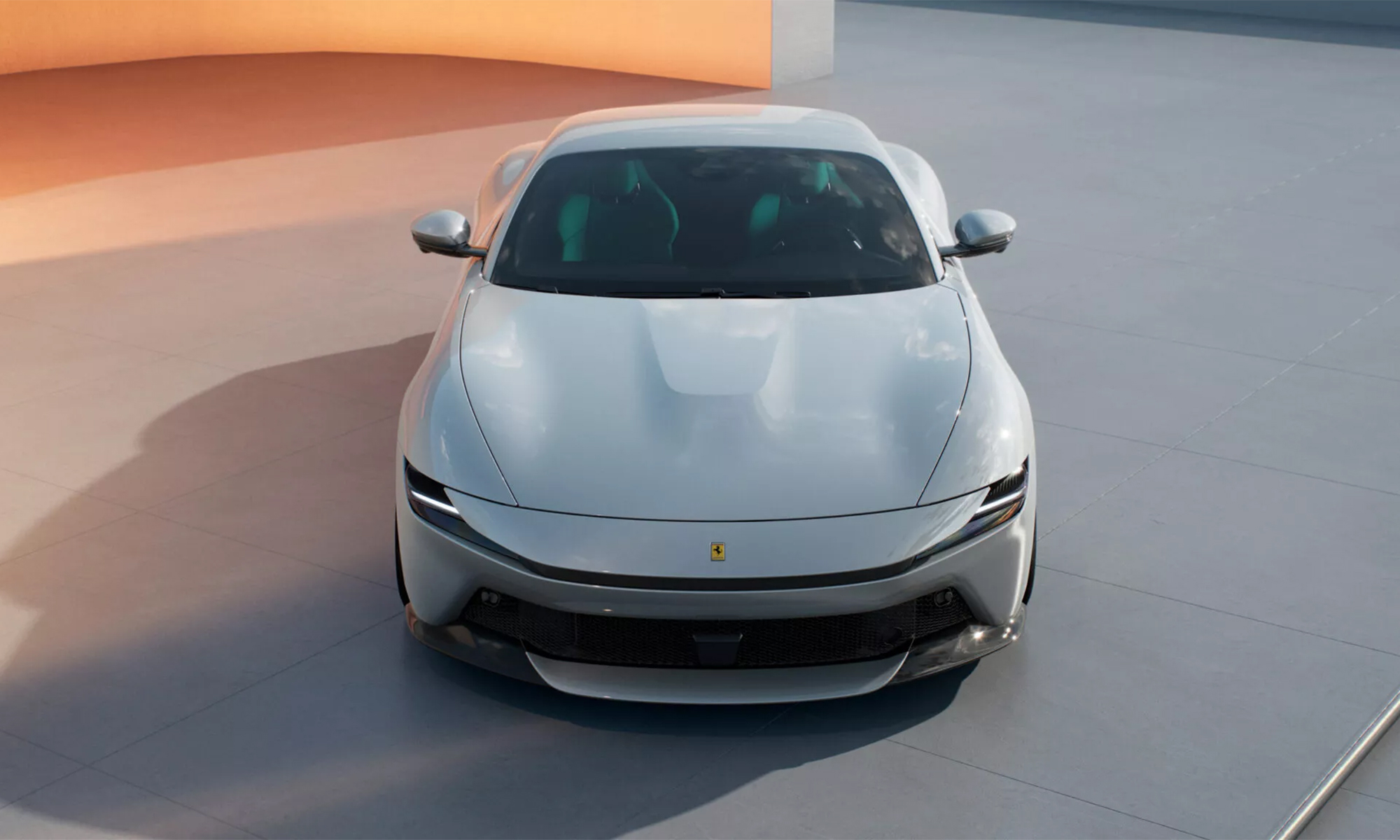 |
The car is equipped with a 3.9-liter twin-turbo V8 engine producing 631 horsepower.
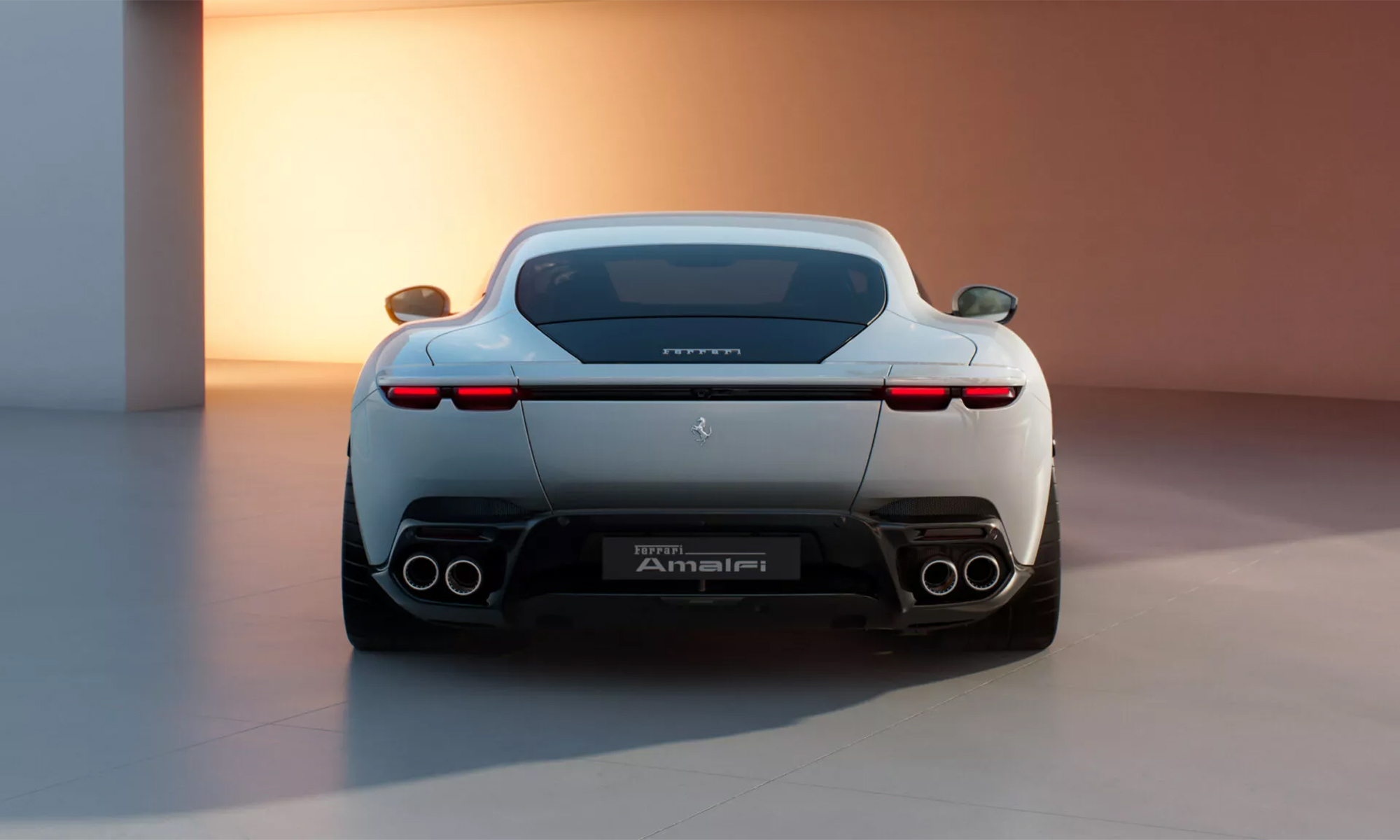 |
Rear bumper and LED taillights.
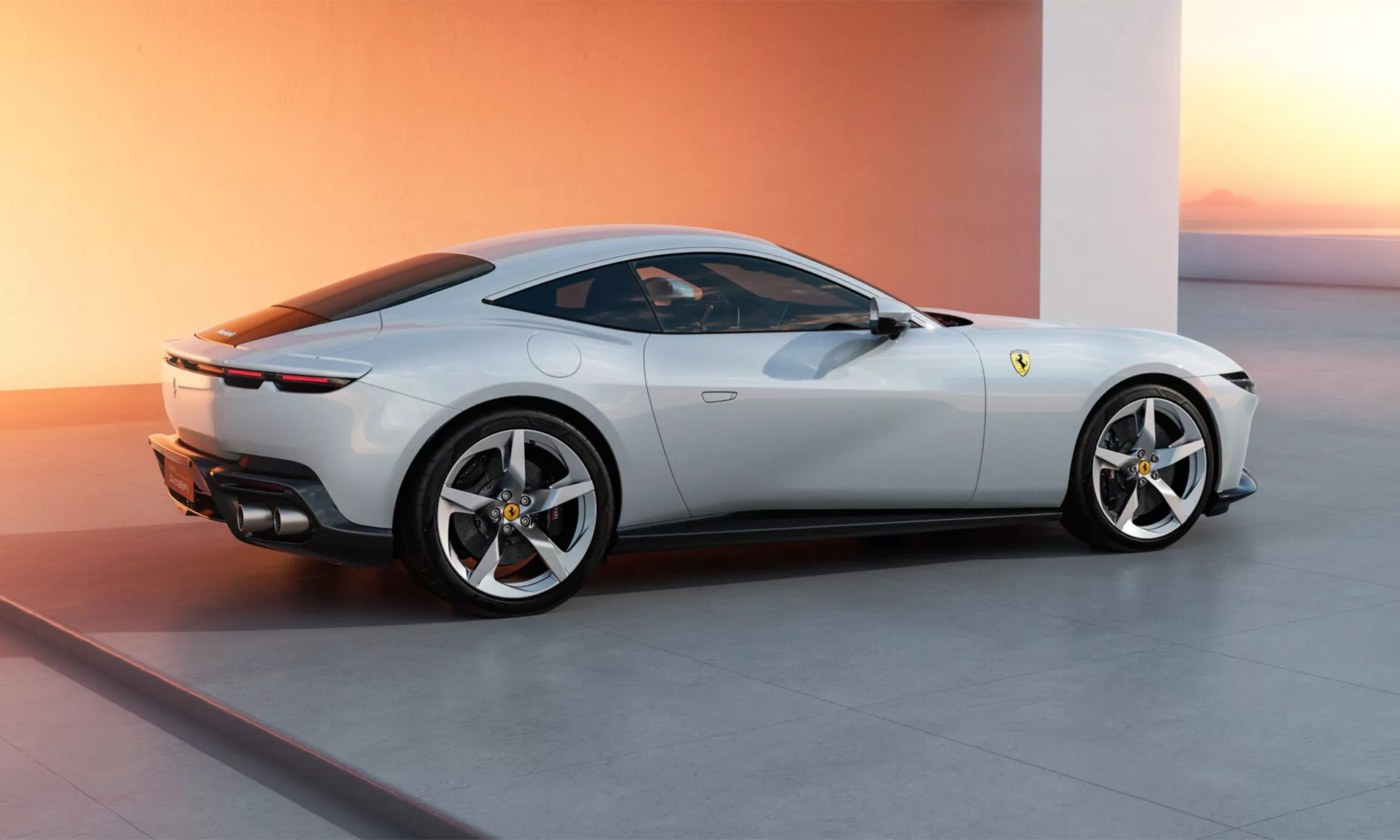 |
The supercar accelerates from 0-100 km/h in 3.3 seconds.
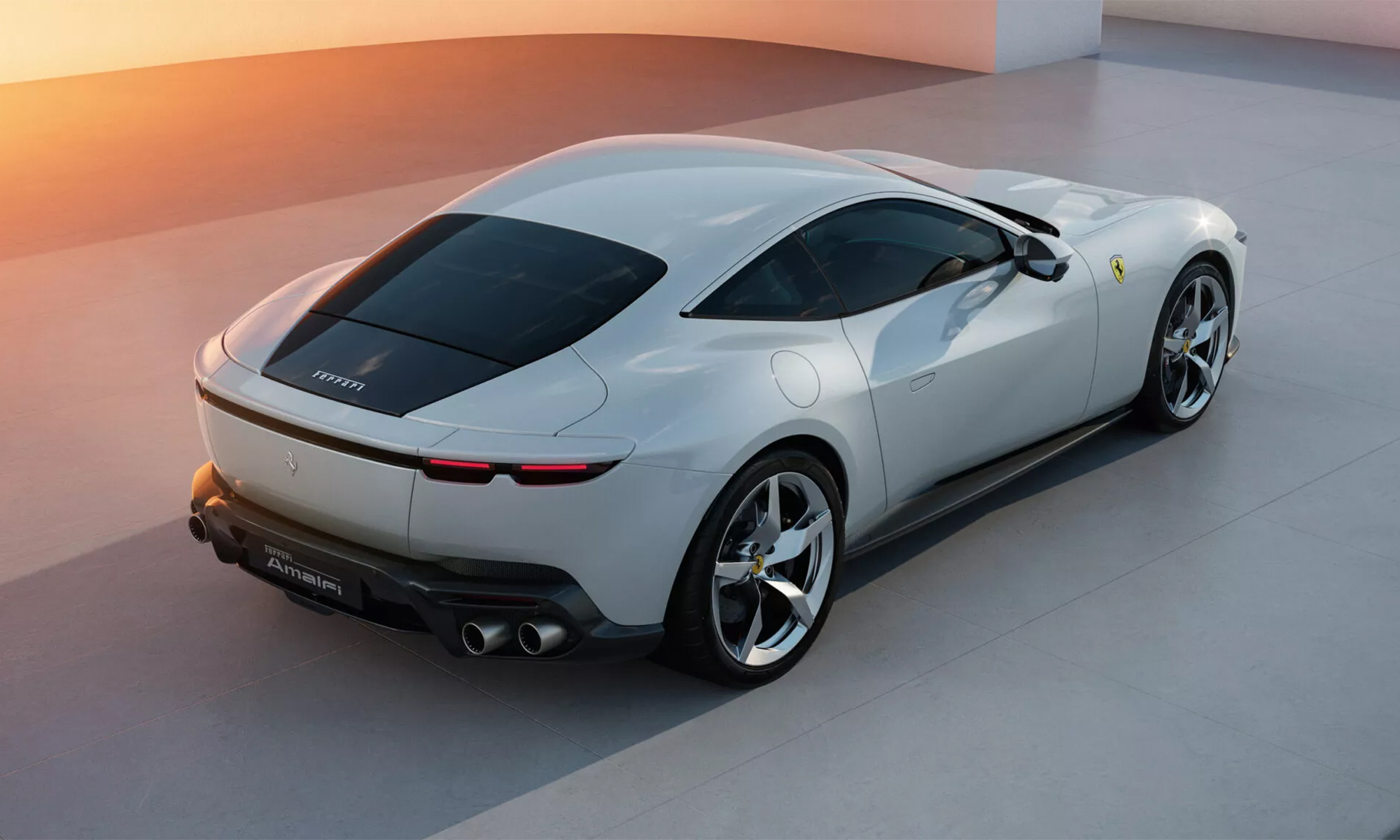 |
The car has a top speed of 320 km/h.
The Amalfi's power comes from Ferrari's latest 3.9-liter twin-turbo V8 engine. The engine generates 631 horsepower and 760 Nm of torque, 20 more horsepower than the Roma. The car is equipped with an 8-speed oil-immersed dual-clutch gearbox.
In tests, the Amalfi accelerates from 0-100 km/h in 3.3 seconds, reaching a top speed of 320 km/h. The new supercar is a tenth of a second faster than its predecessor.
The Italian supercar manufacturer says the upgraded engine features new turbochargers, dedicated pressure sensors for each cylinder bank, and a higher rev limit of 7,600 rpm. These are combined with a new engine controller, a redesigned engine block, and a lighter camshaft.
Furthermore, Ferrari adjusted the exhaust layout to meet stringent noise regulations without compromising the car's signature sound. The Amalfi features a new proportionally controlled bypass valve with dedicated maps to adjust the exhaust sound based on different driving modes.
The Amalfi’s overall design retains the characteristic lines of the Roma. The Amalfi's grille has a new design, wider air intakes, and headlights connected by a dark bar. The supercar uses 20-inch wheels with Bridgestone Potenza Sport or Pirelli P Zero tires as options.
The redesigned interior features a new dashboard and eliminates the slope-like structure that separated the driver and passenger in the Roma. The Amalfi is equipped with a 10.25-inch infotainment touchscreen with wireless Apple CarPlay/Android Auto connectivity, while the Roma used an 8.4-inch screen.
 |
The Amalfi supercar's interior is newly designed compared to its predecessor, the Roma. Photo: Ferrari
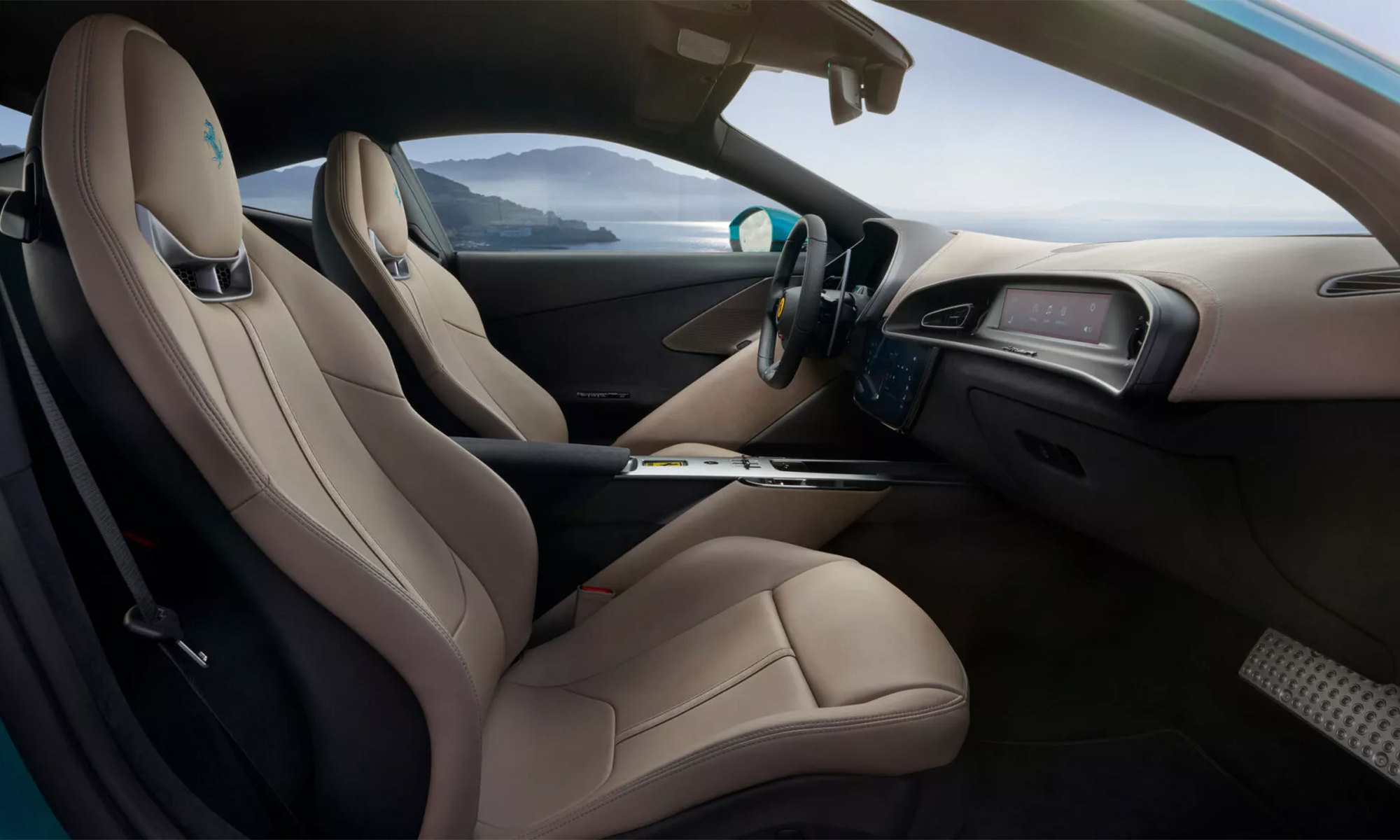 |
Leather seats with integrated cooling and added massage function.
 |
Control cluster with a solid aluminum faceplate.
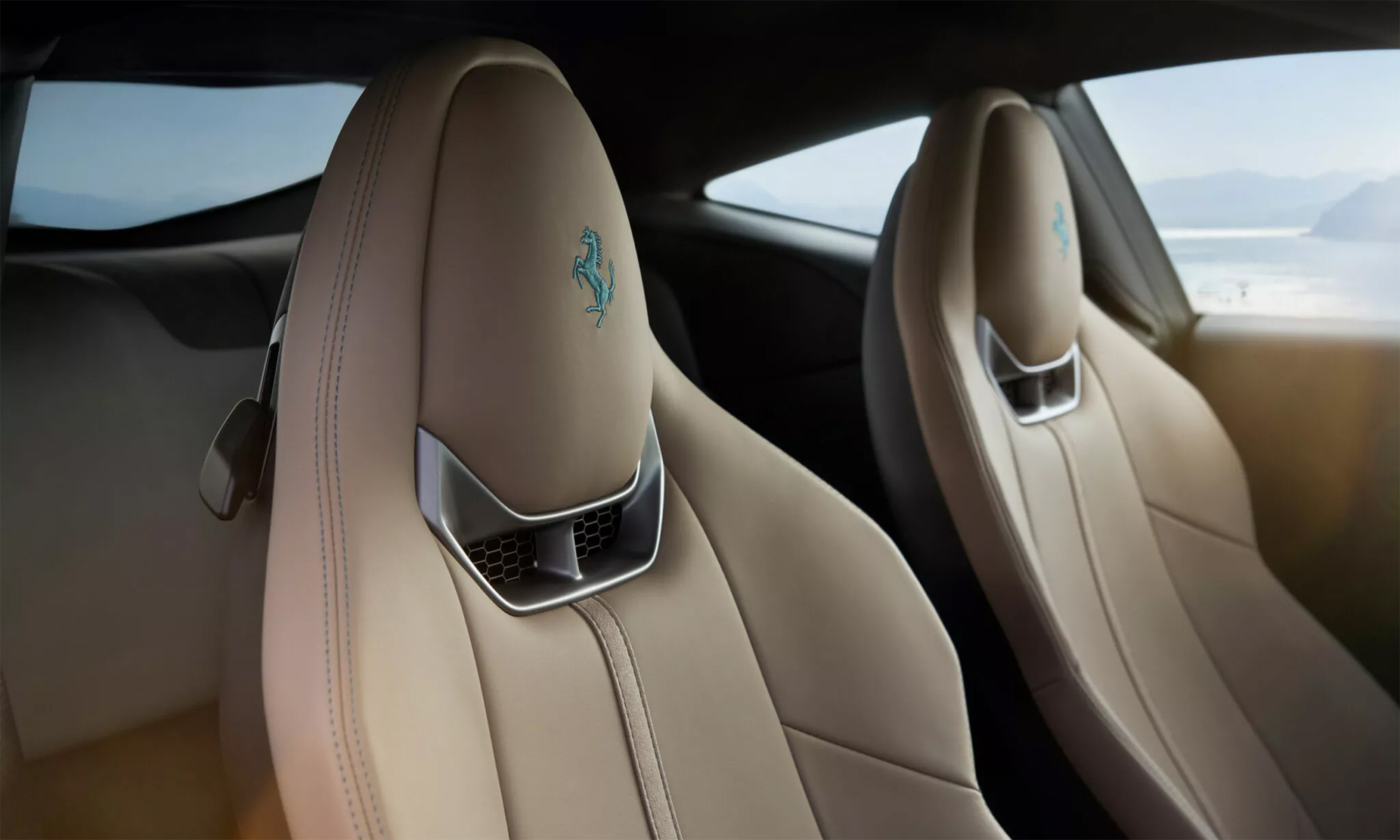 |
Headrests embroidered with the signature Ferrari logo.
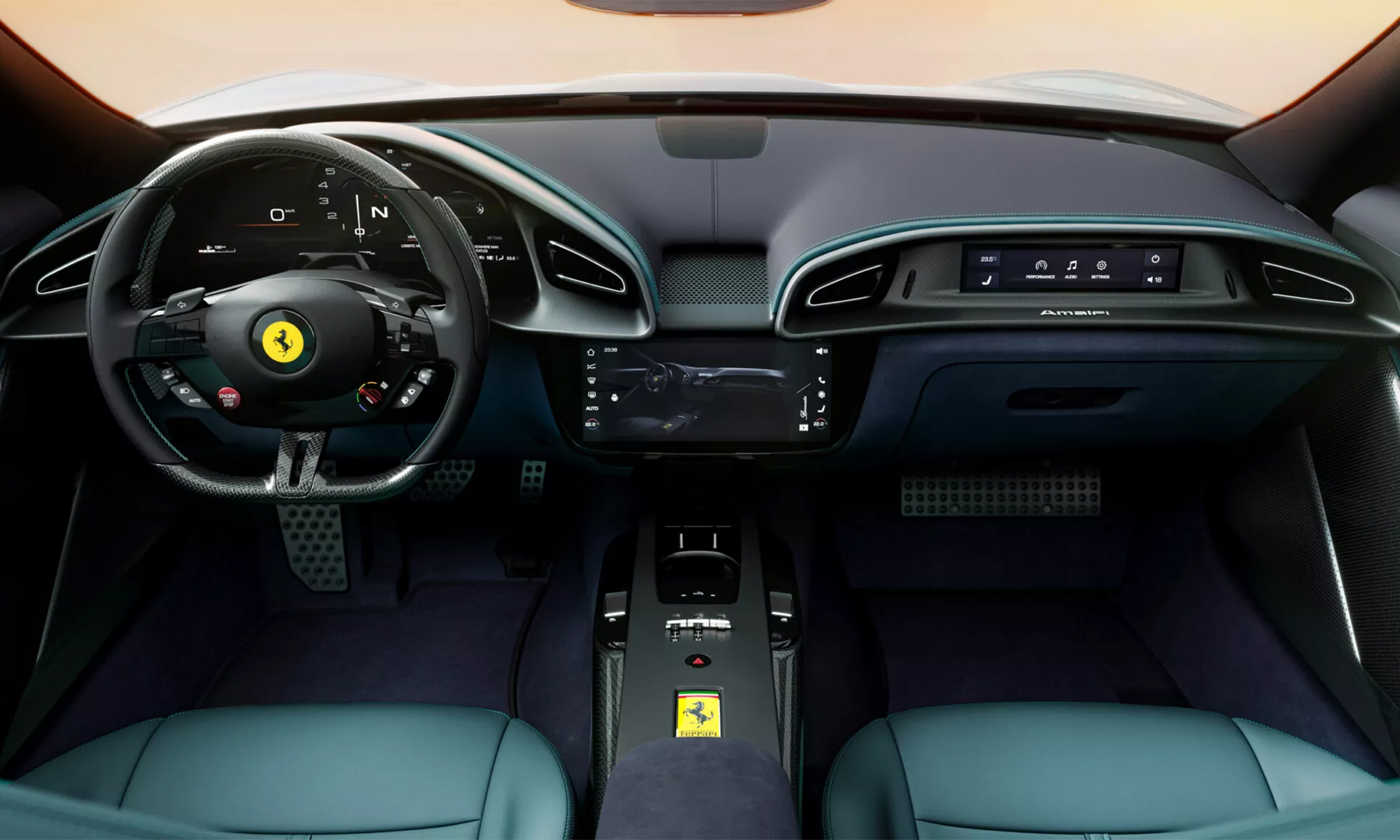 |
The Amalfi supercar features a new 10.25-inch infotainment touchscreen. A 15.6-inch digital instrument cluster sits behind the steering wheel, and an 8.8-inch screen is available for the passenger.
The Amalfi is equipped with a 15.6-inch digital instrument cluster and an 8.8-inch screen in front of the passenger seat. It also features a newly designed steering wheel, a physical gear lever, and an aluminum start button. The saddle-shaped center control cluster is milled from a single block of anodized aluminum. The car includes wireless charging and some carbon fiber accents. The leather seats have integrated cooling and a massage function. A 14-speaker Burmester sound system completes the package.
In addition to the new design and equipment, the Amalfi also offers a refined driving experience thanks to several changes, including an electronic brake system, ABS Evo brakes, and a 10% faster electric power steering system.
Ferrari has equipped the Amalfi with a range of ADAS driver-assistance features, such as adaptive cruise control, automatic emergency braking, blind-spot warning, lane-departure warning, lane-keeping assist, traffic-sign recognition, and a 360-degree camera.
The Italian supercar manufacturer has not disclosed delivery timelines or pricing. The first Amalfi is scheduled to roll off the production line later this year. Production of its predecessor, the Roma, ceased in 2024.
Minh Vu



